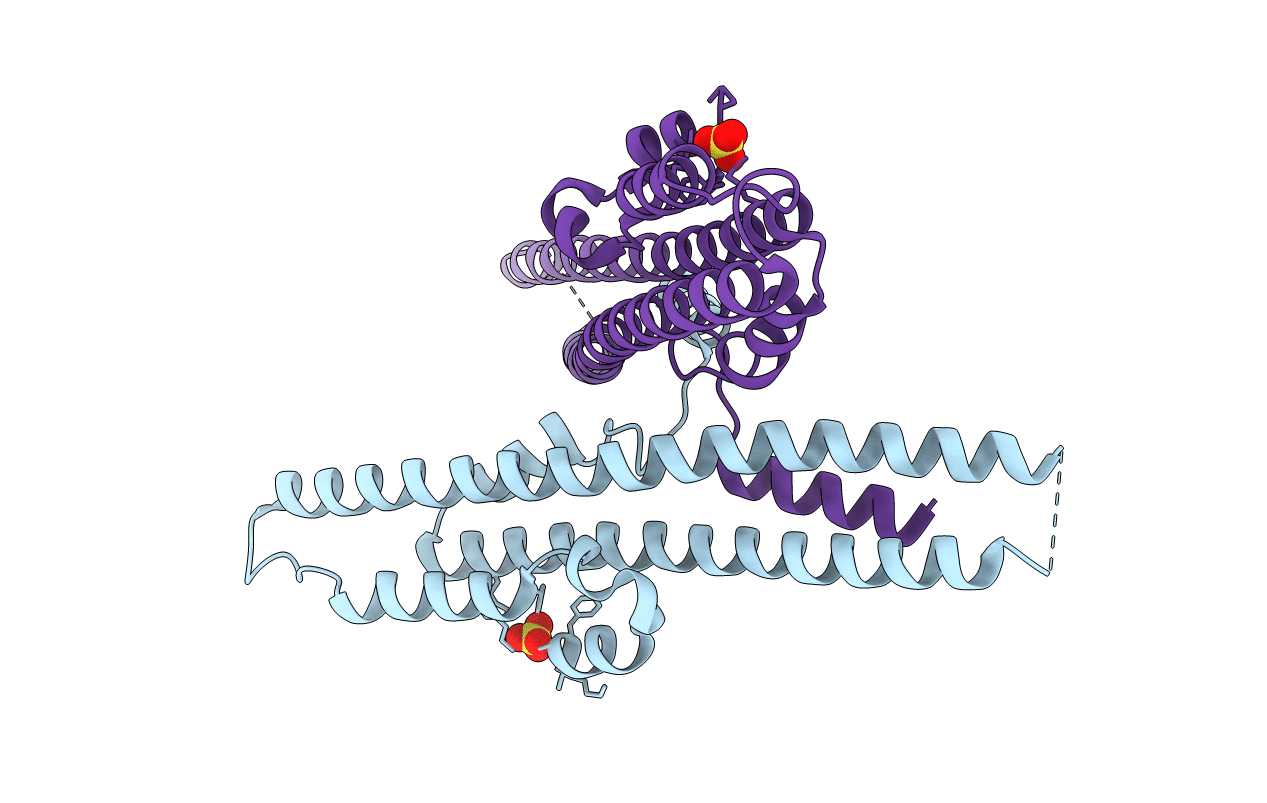
Deposition Date
2016-03-02
Release Date
2016-04-27
Last Version Date
2024-10-16
Entry Detail
PDB ID:
5IJH
Keywords:
Title:
Structure of the SPX domain of the human phosphate transporter XPR1 in complex with a sulfate ion
Biological Source:
Source Organism:
Homo sapiens (Taxon ID: 9606)
Host Organism:
Method Details:
Experimental Method:
Resolution:
2.43 Å
R-Value Free:
0.24
R-Value Work:
0.20
R-Value Observed:
0.20
Space Group:
P 21 21 21


